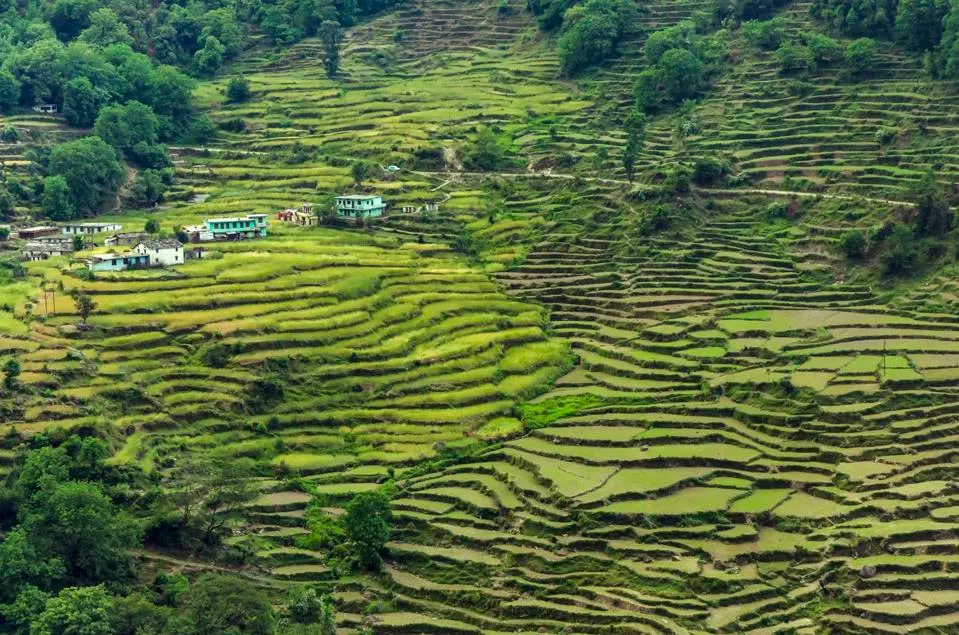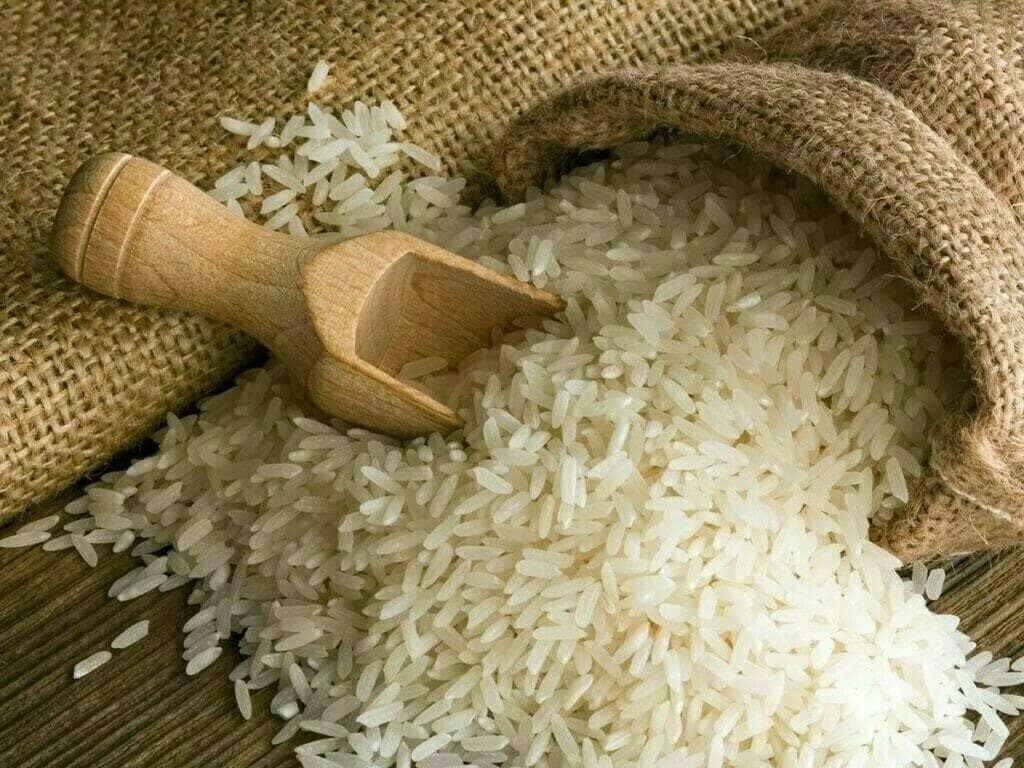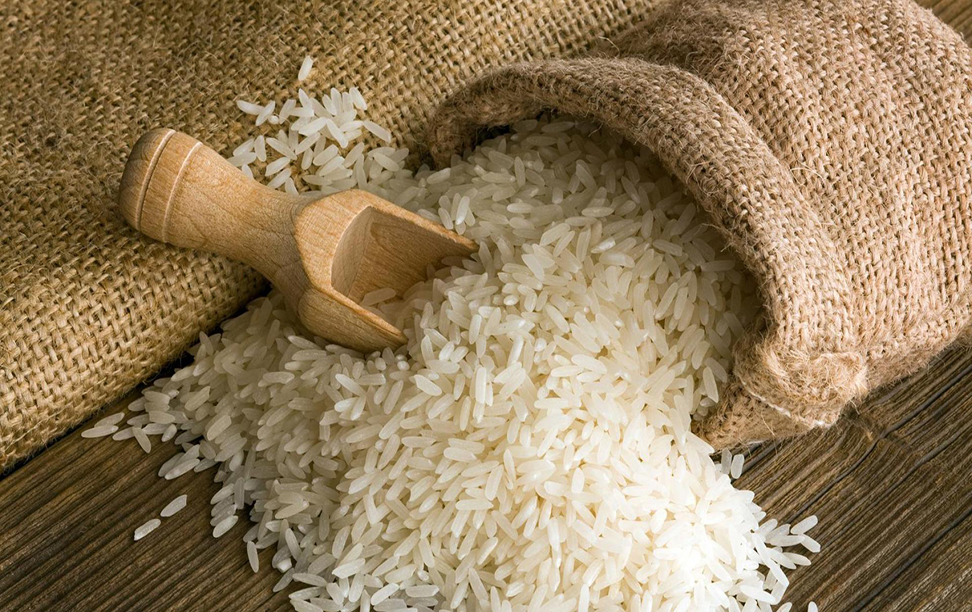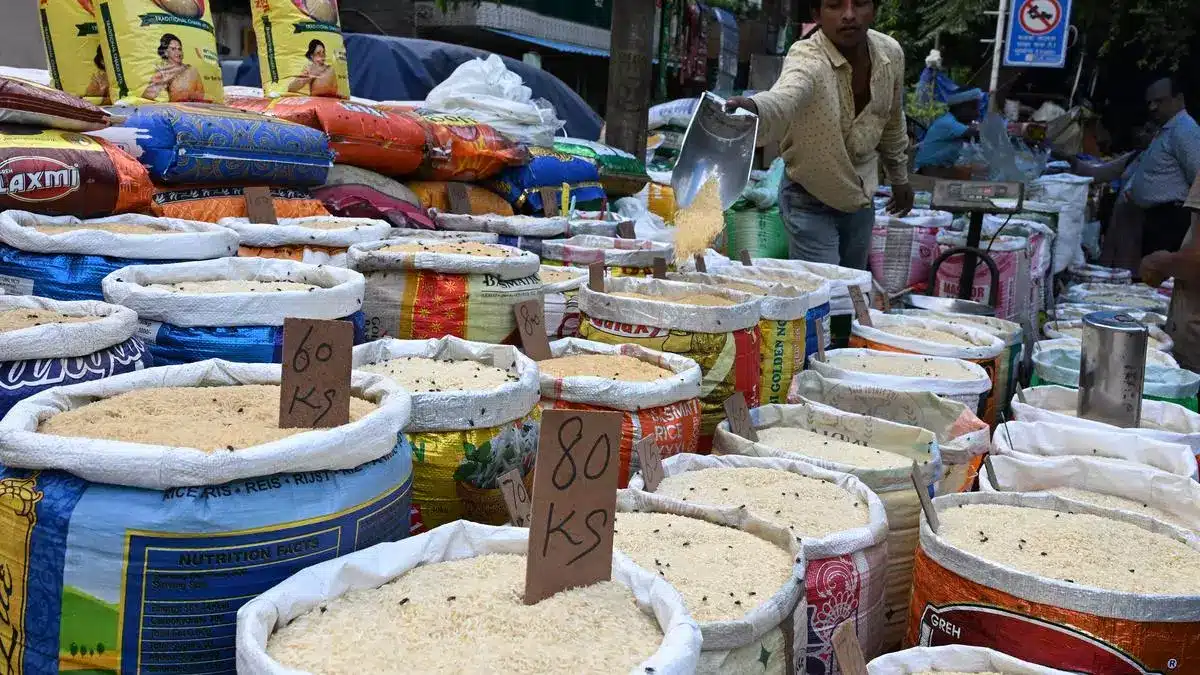Tags
Indian Scientists Search For A Safer, Greener Rice

Researchers at the International Rice Research Institute (IRRI)ANGELITO GALANG
An Indian researcher led a team that developed a rice variety that takes up less arsenic and they’re now working on one that will generate less greenhouse gas emissions.
According to the World Health Organization, an estimated 140 million people in over 70 countries drink water containing the toxic element arsenic at levels above WHO guidelines and in the Indian subcontinent, contaminated water from the Himalayas flow down across multiple countries into farmlands and irrigation reservoirs, which are then absorbed by food crops like rice, the dominant dietary staple in the region.
Jauhar Ali, head of the Hybrid Rice Development Consortium (HRDC), at the International Rice Research Institute (IRRI) says that in 2012, he and his team identified that arsenic toxicity was a key rice production constraint in India and Bangladesh.
“We initiated strategic research to develop arsenic protocols for screening and identifying the donors and advancing breeding lines,” he says, “By 2019, we had already released arsenic-safe rice varieties like PR126 and BRRI dhan 69 in India and Bangladesh, and they are currently occupying more than a million hectares.”
Ali explains that these rice varieties possess special genes that reduce or prevent arsenic uptake by the rice plant and grains, making the crop safer for human and animal consumption, providing health and socioeconomic benefits for these communities and regions, and contributing to long-term sustainable development.
Ali and his team were awarded the $250,000 Grand Prize of the Seeding The Future Global Food System Challenge in 2021, which helped accelerate the team’s efforts to make several arsenic-safe rice varieties freely available.
Ali is now working on low-carbon footprint (LCF) rice hybrids that would give higher grain yields in less time, lowering greenhouse gas emissions.
“The wide-scale adoption of low-carbon footprint rice varieties will create an enormous environmental impact by reducing methane emissions; it will help reduce the heating of the planet,” he says.

Terrace Paddy cultivation at Rudraprayag, Garhwal, Uttarakhand, India.GETTY
Close To Home
Ali’s interest in agricultural science come from a quirk of geography growing up in New Delhi, India.
“From childhood, I wanted to become an agricultural scientist due to my early understanding on the importance of food and the proximity of our house to the Indian Agricultural Research Institute in New Delhi,” Ali says, “So, I chose to take the B.Sc Agricultural Sciences (Honors) degree 5-year program from the most prestigious Punjab Agricultural University, Ludhiana, immediately after my matriculation without waiting for higher secondary education.”
He would go on to dedicate his career to develop new varieties of rice.
Ali explains that climate change threats will accelerate the need to produce food with limited land resources, irrigation water, and agricultural inputs, but providing solutions to challenges with the limited resources in the Global South is commendable and doable.
“Many of the populated countries are in Asia where more than 90% of rice is produced and consumed,” he says, “Global food security is going to be vital for the survival of the human population in the coming decades with limited resources.”

Lentils
Another Indian scientist working on food security is Rajeev Varshney, who has spent decades getting to know everything about the chickpea, plumbing the depths of its genome to unlock secrets of yield, nutrition, drought tolerance and pest and disease resistance.
Varshney who is the director of the Centre for Crop & Food Innovation, Food Futures Institute, Murdoch University in Australia, says chickpea grown in more than 50 countries and is one of the most important and low-cost sources of protein, as well as a rich source of many micro-nutrients and fiber.
“We identified genomic regions/genes associated with over 30 traits including drought tolerance and disease resistance (e.g. Fusarium wilt) in chickpea,” he says.
Varshney and his team were then able to develop a low-cost genotyping panel that allows any breeding program to screen their plants for these genes, for just $1 to $1-50 per sample (including DNA extraction cost).
“This was a challenge, so in 2010, I led an international consortium for ICRISAT which embarked on decoding and assembling the chickpea genome by harnessing the full potential of Next Generation Sequencing technology,” Varshney says, adding that 28000 genes were then identified.
https://www.forbes.com/sites/andrewwight/2023/12/26/indian-scientists-search-for-a-safer-greener-rice/?sh=3cdeb4fb3923Published Date: December 27, 2023







